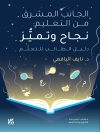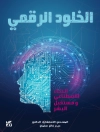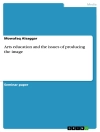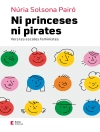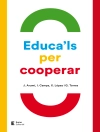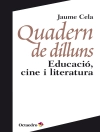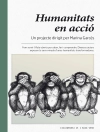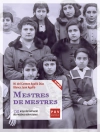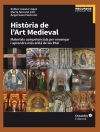As English gains prominence as the language of higher education across the world, many institutions and lecturers are becoming increasingly concerned with the implications of this trend for the quality of university teaching and learning. With an innovative approach in both theme and scope, this book addresses four major competencies that are essential to ensure the effectiveness of English-medium higher education: creativity, critical thinking, autonomy and motivation. It offers an integrated perspective, both theoretical and practical, which defines these competences from different angles within ELT and Applied Linguistics, while also exploring their points of contact and applications to classroom routines. This approach is intended to provide practical guidance and inspiration, in the form of pedagogical proposals, examples of teaching practice and cutting-edge research by scholars and university teachers from all over the world. To that end, a leading specialist in the field introduces each of the four competencies, explaining concepts accessibly and synthetically, exposing false myths, presenting an updated state of the art, and opening windows for future studies. These introductions are followed by practitioner chapters written by teachers and scholars from different cultures and university contexts, who reflect on their experience and/or research and share effective procedures and suggestions for the university class with English as a vehicle for instruction.
Tabla de materias
Foreword by Ema Ushioda.- Introduction by Carmen Sancho Guinda, Ruth Breeze.- Making essential competencies visible in higher education by Carmen Sancho Guinda and Ruth Breeze.- Part I: Critical Thinking.- On teaching critical thinking in English for Academic Purposes by Tim Moore.- Promoting critical cultural awareness in the international university by Ruth Breeze.- Critical thinking, language and problem-solving: Scaffolding thinking skills through debate by David Rear.- Indexicals and L2 learners’ metadiscursive awareness by Francis Cornish.- Part II: Creativity.- In search of creativity by Alan Maley.- Teaching creatively and teaching for creativity by Teresa Cremin.- Creativity and digital literacies in English for Specific Purposes by Christoph A. Hafner, Lindsay Miller and Connie K.F. Ng.- Towards a corpus-attested definition of creativity as accessed through a subtextual analysis of student writing by Marija Milojkovic and Bill Louw.- Part III: Autonomy.- Three versions of learner autonomy and their implications for English-medium degree programmes by David Little.- Listening to local voices: Teachers’ representations on learner autonomy by Faiza Bensemmane-Ihaddaden.- Reevaluating the roles of the stakeholders in language education: How student autonomy is promoted through projects in English for Specific Academc Purposes courses by Miriam Symon.- Learner autonomy and awareness through distance collaborative group work in English for Academic Purposes by Elisabet Arnó-Maciá.- Argumentation and floor management in computer-supported collaborative learning by Kenneth Keng Wee Ong and Sujata S. Kathpalia.- Rising spirals and virtuous circles: The interrelationship between motivation and learner autonomy by Ruth Wilkinson.- Part IV: Motivation.- Motivation in language learning by Lindy Woodrow.- Essential Motivational Group Dynamics: A Three-year Panel Study by Yoshifumi Fukada, Tim Murphey, Joseph Falout and Tetsuya Fukuda.- Managing and mediating the research element on Master’s courses: The roles of course leaders and supervisors by Amos Paran, Fiona Hyland and Clare Bentall.- Authentic learning and student motivation: Building instructor and student confidence through genuine interaction and authentic classroom materials by Christine Jernigan.- Motivation, technology and language learning by Linda Weinberg.


